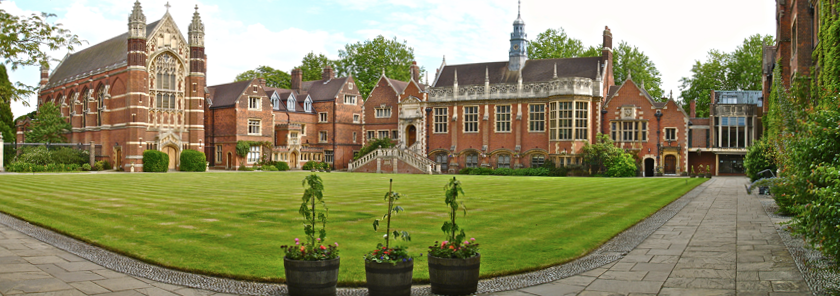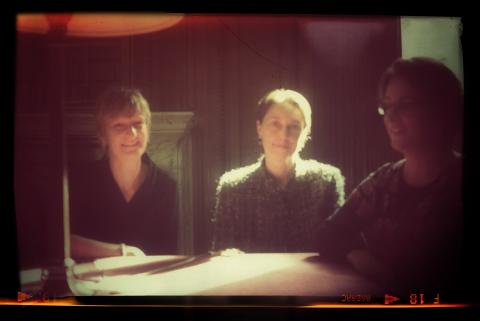
Cambridge is home to a wealth of scientific research which includes developing tools for acquisition, visualization, processing and analysis of images.
Mathematicians and engineers create image-processing and analysis algorithms, e.g. image reconstruction, image de-noising and restoration algorithms, methods for object segmentation and tracking, in particular in the presence of large-scale imaging data. At the MRRC, fluid-gas dynamics and chemical reactions are investigated using Magnetic Resonance Tomographic Imaging (MRI) as a visualisation and quantification technique. At the Cancer Research UK Cambridge Institute, light microscopy and medical imaging are exciting research fields. A collaboration between microscopists and mathematicians e.g. leads to new ways of tracking and analyzing the effect of cancer drugs during mitosis. At the FM/HKI spectroscopy methods underpin the non-invasive analyses of materials and techniques, conservation and cross-disciplinary interpretation of paintings, illuminated manuscripts and Egyptian papyri.
The IMAGES network brings together leading academics from all six Schools, international experts and research-led industries which work on pioneering imaging technologies and analytical algorithms.
 The complex process, from acquiring images to their interpretation and problem-solving applications, requires multi-expertise partnerships. Different problems and image applications inform similar methodologies and interpretative strategies. Cross-disciplinary collaboration is needed to analyze the image-information not explicit in machine-generated data. For instance, in Magnetic Resonance Tomography, Positron Emission Tomography, microscopy imaging or seismic imaging, the combined expertise of mathematicians, engineers, computer scientists, medical doctors and geophysicists turns samples of Fourier-, Radon-transform data or electromagnetic waves into meaningful images of the brain, heart activity or ozone density in the atmosphere. Analyses of artist's materials and techniques, on the other hand, unite chemists, physicists, mathematicians, biologists, imaging scientists, conservators, artists and intellectual historians.
The complex process, from acquiring images to their interpretation and problem-solving applications, requires multi-expertise partnerships. Different problems and image applications inform similar methodologies and interpretative strategies. Cross-disciplinary collaboration is needed to analyze the image-information not explicit in machine-generated data. For instance, in Magnetic Resonance Tomography, Positron Emission Tomography, microscopy imaging or seismic imaging, the combined expertise of mathematicians, engineers, computer scientists, medical doctors and geophysicists turns samples of Fourier-, Radon-transform data or electromagnetic waves into meaningful images of the brain, heart activity or ozone density in the atmosphere. Analyses of artist's materials and techniques, on the other hand, unite chemists, physicists, mathematicians, biologists, imaging scientists, conservators, artists and intellectual historians.
We aim to stimulate new inquiries and focused dialogues between the sciences, arts and humanities by providing them with a platform for communication.

